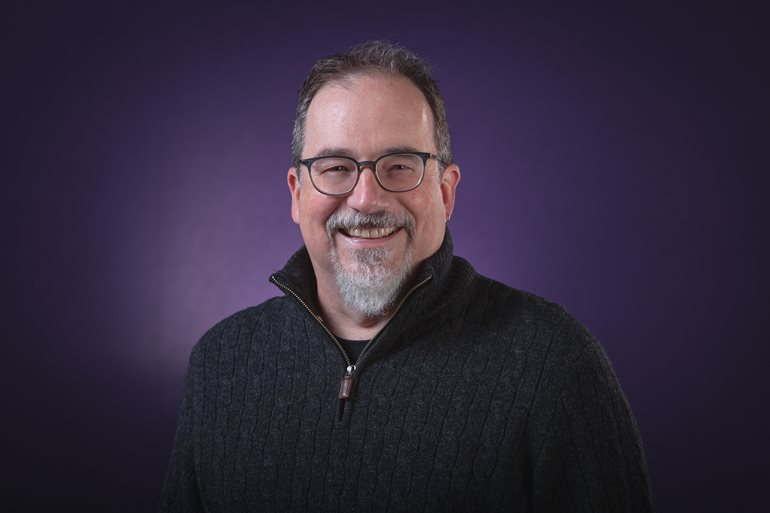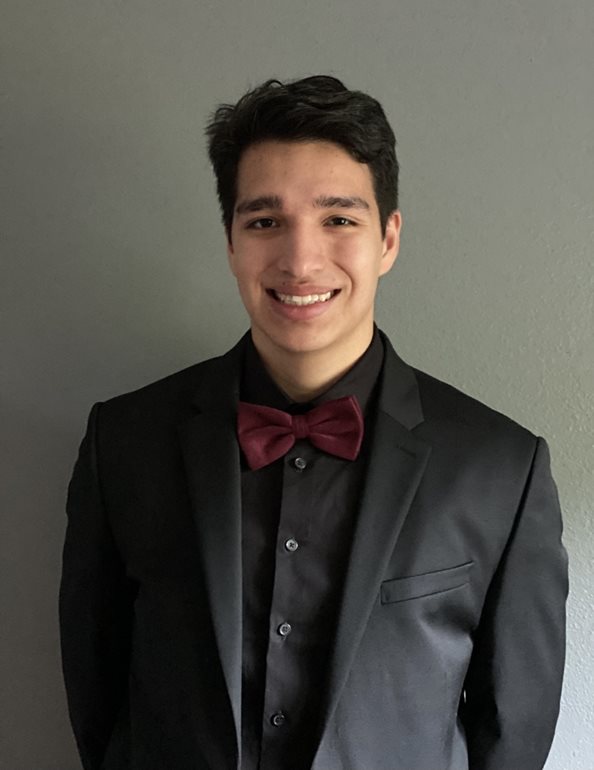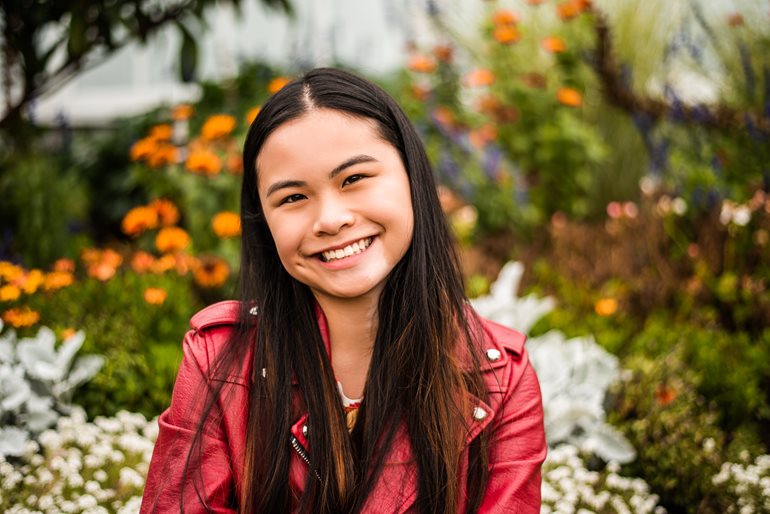“Knowledge is of no value unless you put it to practice.”

This quote by Anton Chekhov is the reason for the course Issues in Media Studies: Human Rights Public Culture. In this class, designed by Dr. Ron Krabill, professor in UW Bothell’s School of Interdisciplinary Arts & Sciences, students gain the knowledge needed to intervene in human rights violations.
The statistics on these violations are both vast and humbling. By the time you finish reading this article, for example, at least three people will have been sexually assaulted in the United States.
Social media has sparked a greater awareness of human rights violations — yet intervention has not increased at the same pace, Krabill said.
“We often think that no one is against human rights, but someone is. Otherwise, they wouldn’t continue to be violated,” he said. “This course is about identifying the stakeholders who benefit from the perpetuated harm and figuring out how to use media to intervene.”
Creating conversation
Students in the class learn to think about media differently than they do in other, more traditional media studies courses, Krabill said. “Rather than tackling only issues of representation, I ask students to think about how, as advocates, they can generate ‘publics’ around human rights issues and, ultimately, make a difference in their community,” he explained.
The idea of creating publics comes from the work of Michael Warner, a scholar that Krabill introduces to his students in the class. Warner believes that there is no single “public.” Rather, he says, there are nearly an infinite number of publics, including those that are engaged in conversations about human rights on social media platforms which then feed into and create larger conversations.
“What’s important to recognize is that larger conversation don’t exist without those smaller ones,” Krabill said. “I use Warner’s work to teach students to generate a public, a smaller conversation, that can spark the change they want to see in the world.”
In addition, Krabill uses a mix of theoretical human rights material as well as historical and contemporary case studies to give students a sense of the long, complex history of violations. “It helps them better understand how we got to where we are today, especially with the media,” he said.
Relevant research
It is easy for the mainly 18- to 21-year-old students in the class to imagine a world where Twitter, Reddit and Tik Tok are pre-existent, Krabill said.
“The fact is we used to receive media through the radio, newspaper and cable news,” he said. “Looking at that history and comparing it to today helps students think about what current media allow them to both do, and not do.”
With that tension in mind, he created an assignment that places students in research clusters. Each cluster explores a specific human rights issue as well as the public contestation that surrounds it. Students are expected to then devise at least one possible intervention and facilitate part of a class session on their topic at the end of the quarter.
This year, they are exploring a range of topics including mass incarceration, the death penalty, unpaid and underpaid labor, and the vaccine mandate — to name just a few.
Becoming advocates

Santi Pedraza, a junior majoring in Law, Economics & Public Policy, is one of the students researching the death penalty. He and his group aren’t tackling the topic in terms of the morality of sentencing people to death. Instead, they are arguing that the system has “racist undertones” which are the source of violations.
“The color of a defendant and a victim’s skin influences who receives the death penalty in the United States,” Pedraza said. “People of color are both sentenced and executed faster than those who are white, and it’s not a coincidence.”
To raise awareness and spark change, his group is going on air. They created an episode that will be featured in a podcast series hosted by members of student government who tackle social justice issues.
“We hope to start a conversation that dives deeper than whether the death penalty is right or wrong,” Pedraza said. “We want people to start thinking about who is predominately sentenced to death and why.”
Brighter tomorrows
Sarah Noyes, a third-year student in the School of Business, is part of a group studying child labor in the United States. She and her teammates decided to do a case study on agricultural labor because “it doesn’t get talked about as much as, say, the fashion industry,” Noyes said.

Their case study investigated tobacco farming and its connection to British and American trade. “Often we think about child labor as something that is foreign, but the reality is it’s a lot closer to home than any of us care to imagine,” she said.
To intervene and help put an end to the injustice, Noyes and her group are turning to experts at Human Rights Watch. “We hope that by talking to a grassroots network, we will be able to amplify our voices and shed light on the lived realities of so many children and families stuck in the vicious cycle of poverty,” she said. “Every child should have the right to an education and health care. In most child labor cases, the children lose not just that but also, more important, their futures.
“The work for a brighter tomorrow for these children starts today.”
Committing to care
When students leave this class, Krabill hopes they have a sense of agency. “I want them to recognize that they don’t have to be subjected to the media but can actively engage with it by shaping the discourse surrounding human rights,” he said.
Krabill will be teaching this course again in the spring and encourages students interested in human rights and advocacy to enroll. For those wanting to get involved in stopping violations sooner, he recommends connecting with the University of Washington Center for Human Rights where he serves on the advisory board. He also recommends volunteering at Amnesty International, One America and local Black Lives Matter chapters for other ways individuals can start making a difference in their communities.
“There is no shortage of opportunities to get involved and start creating the change you want to see in the world,” he said.


